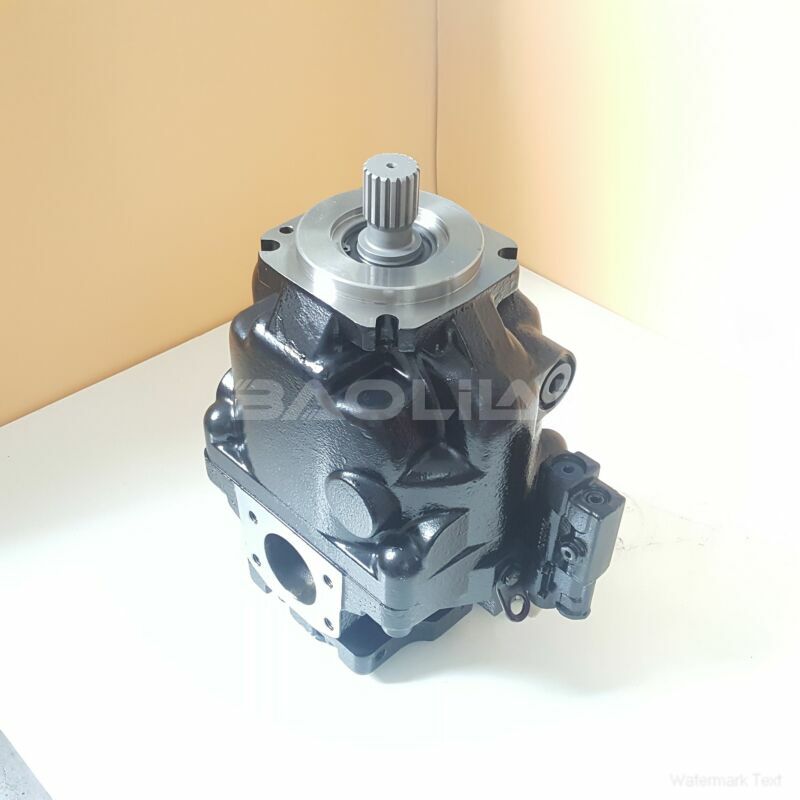ERL147CLS2520NNN3S2NLA1NAAANNNNNN hydraulic oil pump
ERL147CLS2520NNN3S2NLA1NAAANNNNNN hydraulic oil pump

- Product Details
- Applicable Scene
Proper Placement of Pumps: Install the pump as close to the fluid source as possible to minimize suction lift and pressure loss.
ER-L-147C-LS-25-20-NN-N-3-S2NL-A1N-AAA-NNN-NNN
ERL147CLS2520NNN3S2NLA1NAAANNNNNN
Regulate Fluid Temperature

7000508
Controlling the temperature of the fluid can minimize vapors and reduce the likelihood of cavitation. Here are a few methods:
Heat Exchangers: If the fluid temperature is too high, consider using heat exchangers to cool it down before it enters the system.
Insulation: Insulating hot fluid lines can help prevent heat loss to cooler surrounding areas, keeping the fluid temperature stable.
Use Anti-Cavitation Pumps
Selecting the right type of pump can also mitigate cavitation. Anti-cavitation pumps are designed to handle low-pressure conditions and can be a worthy investment in systems where cavitation is a recurrent issue. These pumps often incorporate features that allow them to maintain performance under varying flow conditions.
Implement Control Systems
Incorporating advanced control systems such as variable frequency drives (VFDs) allows for better management of pump speed according to demand. By maintaining a constant flow rate and pressure in the system, chances of cavitation can be minimized.
Regular Maintenance and Inspection
Routine maintenance is crucial for any hydraulic system. Regularly inspect components for wear and tear, especially on the pump impellers and casings. Replacing worn parts promptly can prevent conditions that lead to cavitation.
Recirculation Strategies
In precision fluid circulation systems, implementing recirculation strategies can help maintain pressure within the desired parameters. Designing the system to allow for a portion of the flow to be directed back to the reservoir can increase overall system stability and reduce the risk of cavitation.
In conclusion, addressing hydraulic pump cavitation in precision fluid circulation systems involves a comprehensive approach, combining careful monitoring, design adjustments, fluid management, and appropriate technology. By implementing these strategies, operators can minimize the risks associated with cavitation, ensuring efficient and reliable system performance.





